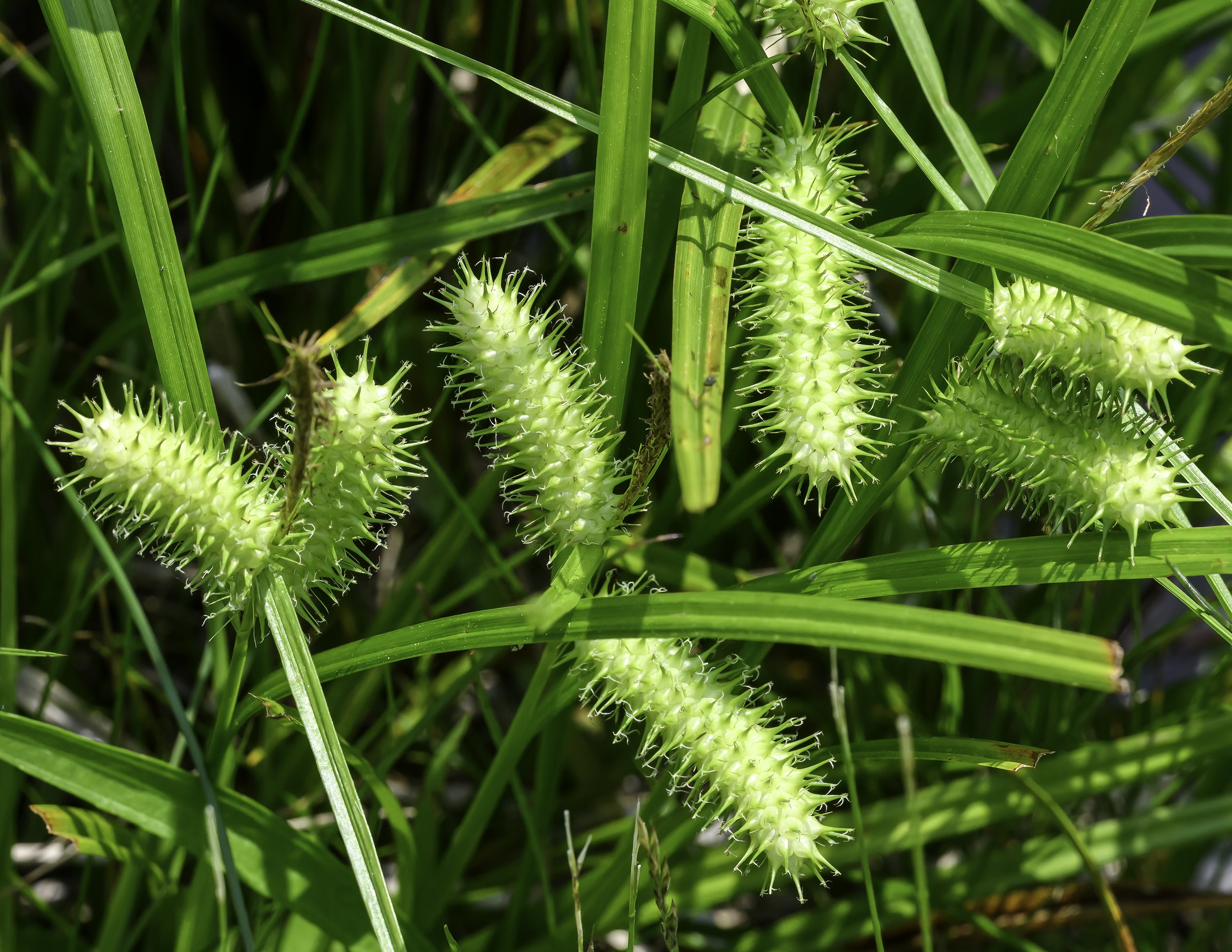Nest check….
I’ve been checking the Barn swallow nests at Silvermine Lake on a regular basis to see when the nests will be repopulated and in use by the yearly resident swallows. Today’s visit was rewarding in that there were considerably more swallows on site, and there is finally some activity on the nests! When I first arrived, Swallows were gathering on the ground near the kiosk next to the largest building (I’m assuming to gather more material for the existing nests). At first, when I checked the nests that had been unoccupied a couple of weeks ago, there seemed to be little activity. I moved on to the lake shore to see what other natural elements were present that might make for interesting photographs.
Lancet clubtail - Nikon Z9 with Z100-400 @ 400mm 1/800 sec, f/8, ISO 280
While not evident in large numbers yet, the dragonflies are beginning to make an appearance and will surely become more and more numerous as the summer continues. The best odonate view of the day was the Lancet clubtail. Found throughout the northeastern United States along stream-fed ponds, this dragonfly is identified by black body with green stripes on the “shoulders” and thorax. The last two section of the abdomen have yellow patches on the outer edges. I’m looking forward to gathering more photos of dragonflies as the season progresses.
Sallow sedge Nikon Z9 with Nikon 100-400 @280 mm 1/800 sec, f/14, ISO 1000
Sedges have edges
Rushes are round,
Grasses have nodes,
All the way to the ground
Sallow sedge, scientifically known as Carex lasiocarpa, is a perennial plant commonly found in wetland habitats across North America. Characterized by its slender, arching leaves and distinctive flower spikes, this species thrives in areas with saturated soil, such as marshes and along the edges of ponds like Silvermine. The plant can reach heights of up to 3 feet and typically blooms from late spring to early summer, with inconspicuous flowers that can vary in color from green to brown. The above poem can help you remember how to distinguish between sedges, rushes, and grasses. The “edges” of the Sallow sedge’s leaves seen in today’s shot are pretty obvious.
Ferns are plants that prefer indirect light filtered through overhanging vegetation. The conditions were just right for this Sensitive fern found along the edge of the lake under overhanging tree branches, Its bright green foliage, which can turn a warm golden hue in the fall, is sensitive to touch, often folding when disturbed, giving the plant its name.
As I walked back to the building where the nests exist, I passed under an overhanging utility line upon which an Eastern kingbird was perched. With the abundance of insects flying above the lake, this is ideal hunting grounds for this flycatcher. The primary identifying characteristic of this bird is the while terminus of its tail easily seen in today’s photo.
And then, great news! A Barn swallow is indeed tending to one of the nests secured to the side of the largest building. I watched for awhile as a second swallow came in and spent a good amount of time next to the nest. I can only imagine that there will be some chicks reared in this nest in the not too distant future. I will certainly be monitoring these nests and hoping for the best. More images to come!
One final shot of a bird that caught my attention as I was about to depart. The Song sparrow’s song is comprised of three short introductory notes followed by a long trill. The Audubon Field Guide describes the song as ,”Madge, Madge, Madge, put on your tea kettle-ettle-ettle.” The sparrow was found singing in a thicket I often check for songbirds at the western end of the parking lot here at Silvermine Lake Park.
Tech Tip - One quick simple reminder that to increase your depth of field (DOF), use a small aperture. The higher the f-stop number (the smaller the aperture), the greater the area of your shot that will be in focus from front to back. in the case of the Sallow sedge image above, I used an aperture of f/14 which resulted in the shot being in sharp focus from the part of the plant closest to me to the part farthest away. For the image of the Song sparrow, I felt that having too much of the background in sharp focus could be a distraction to the main subject of the image. And so, I created a smooth effect know in photography as “Bokeh” in the background by using a larger aperture (smaller f-stop number) of f/6. The tern Bokeh refers to the aesthetic quality of blur in the out-of-focus areas of an image as seen in the above photograph.






